
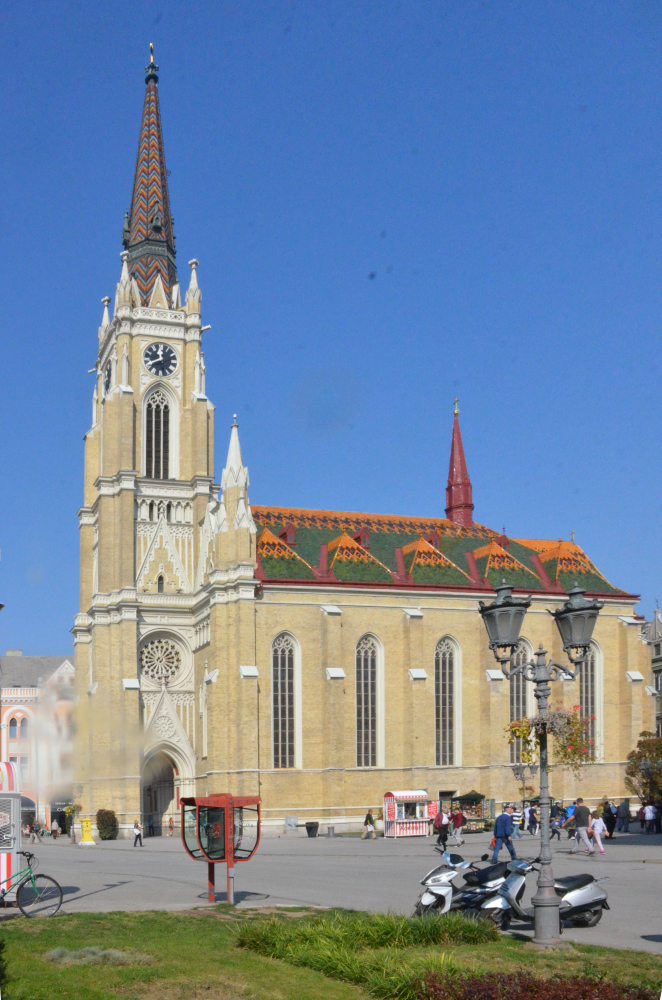
The Hungarian architect György Molnár designed the church — the third on this site — in 1892, and it saw completion two years later. Locals call it “the cathedral,” but although it dominates the city center, it is just a parish church.
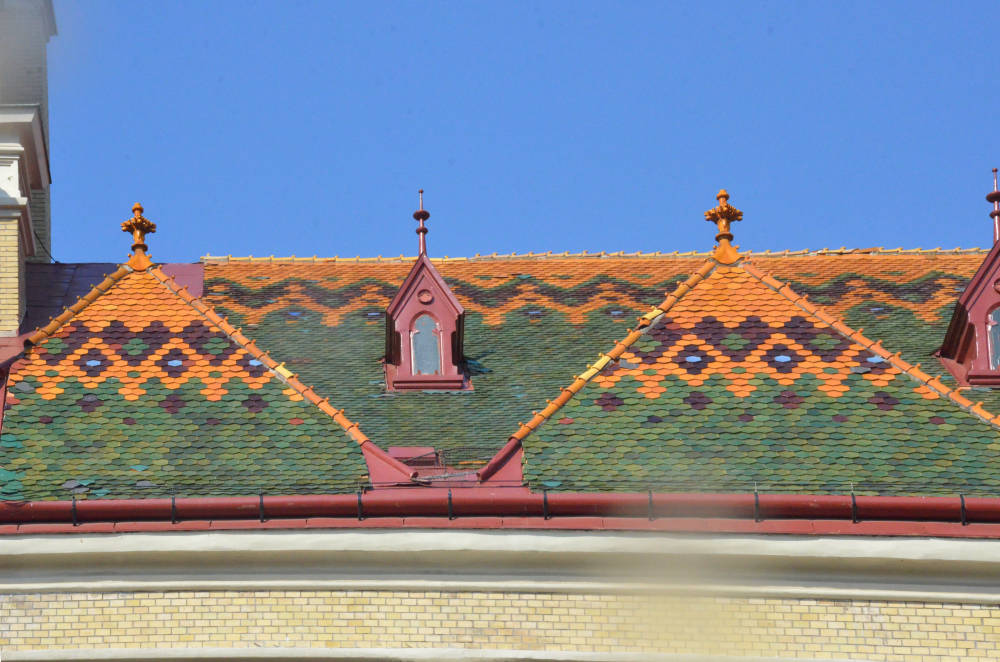
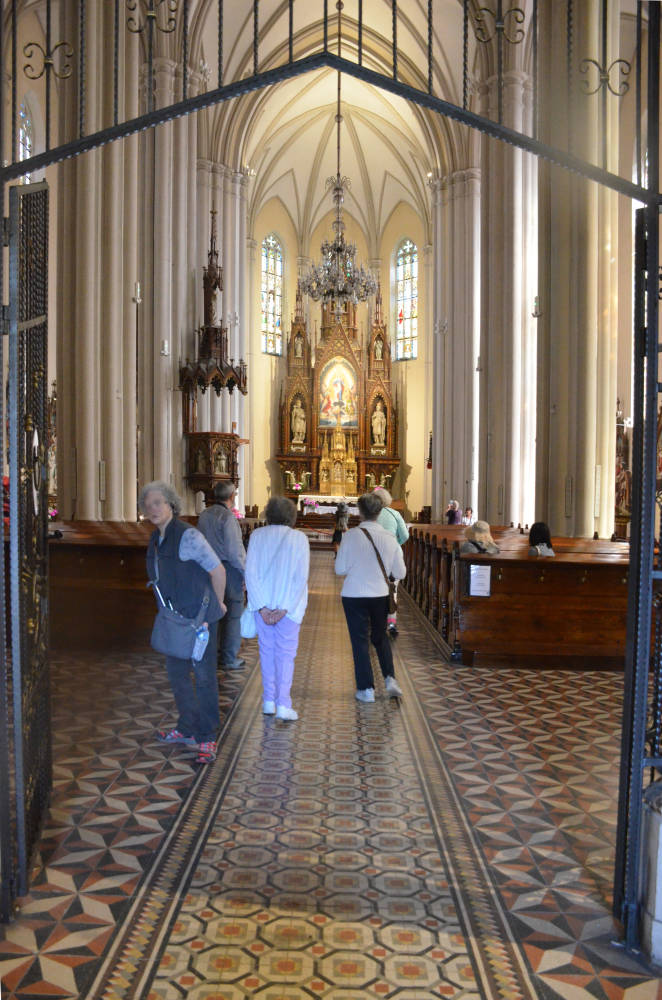
Left: The church’s beautifully tiled roof, which recalls that on Budapest’s St. Matthias Church, is decorated with Zsolnay ceramics. Right: The church interior as seen from immediately inside the entrance.
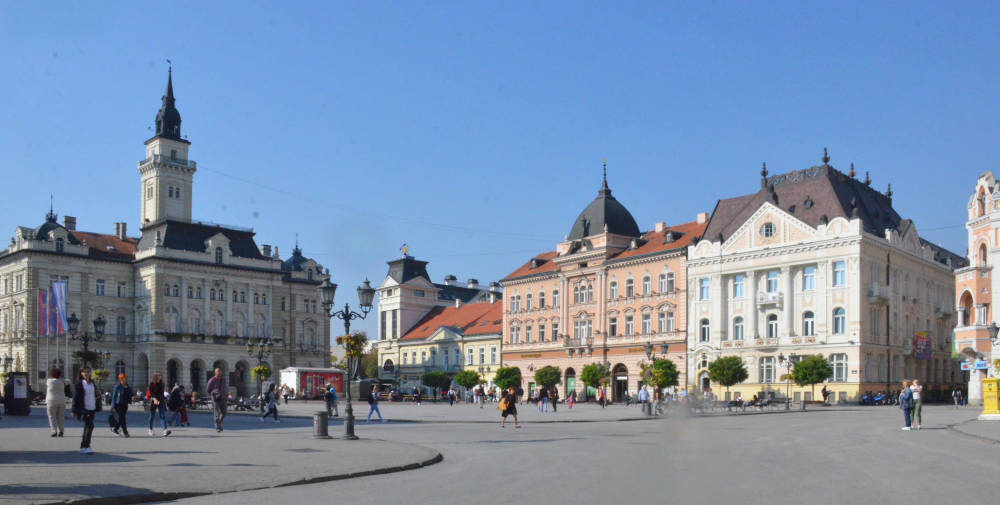
The church’s setting on Trg Slobode (Liberty Square) amid neoclassical buildings, including the city hall directly opposite.
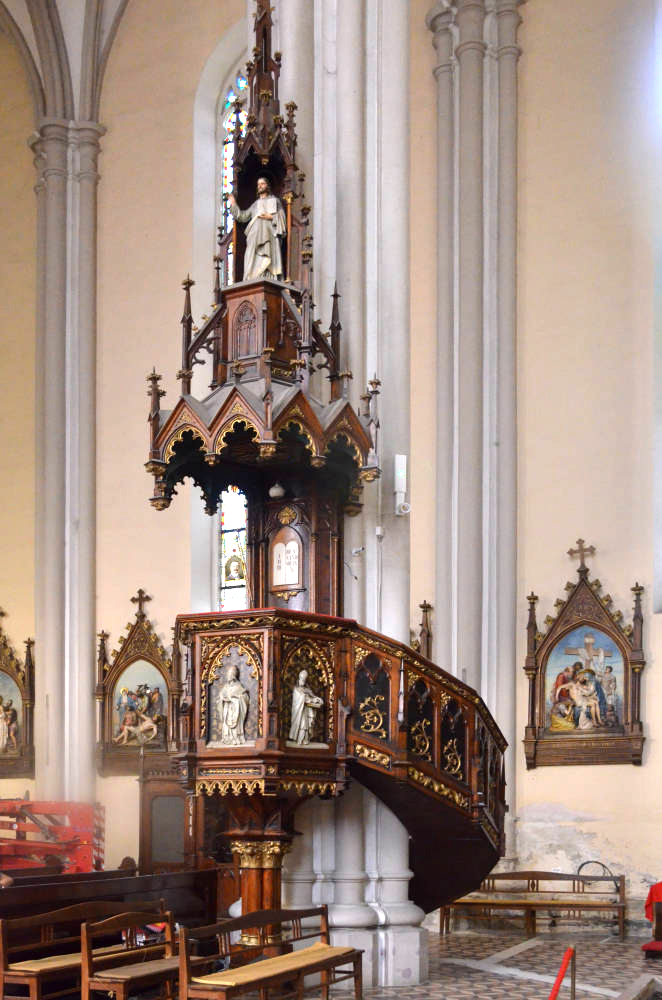
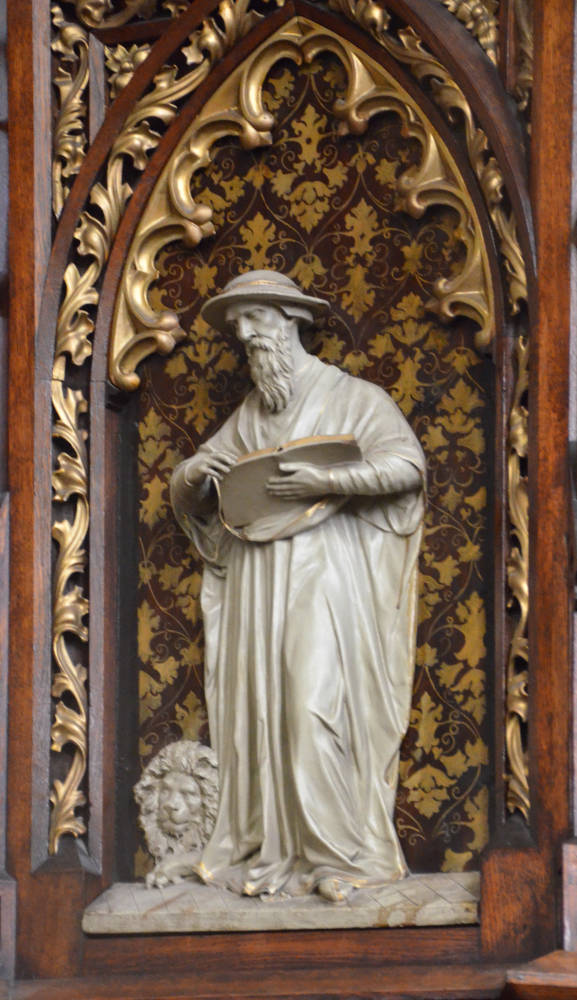
Left: The church’s beautiful pulpit with bas reliefs of the saints who wrote the gospels. The photo also shows three polychrome bas reliefs of the Stations of the Cross. Right: St. Mark with his lion.
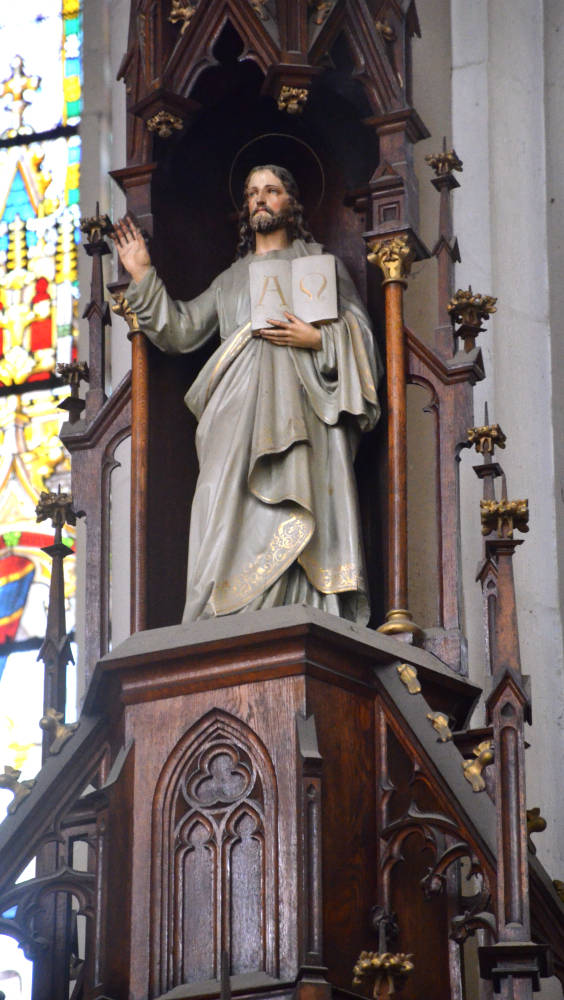
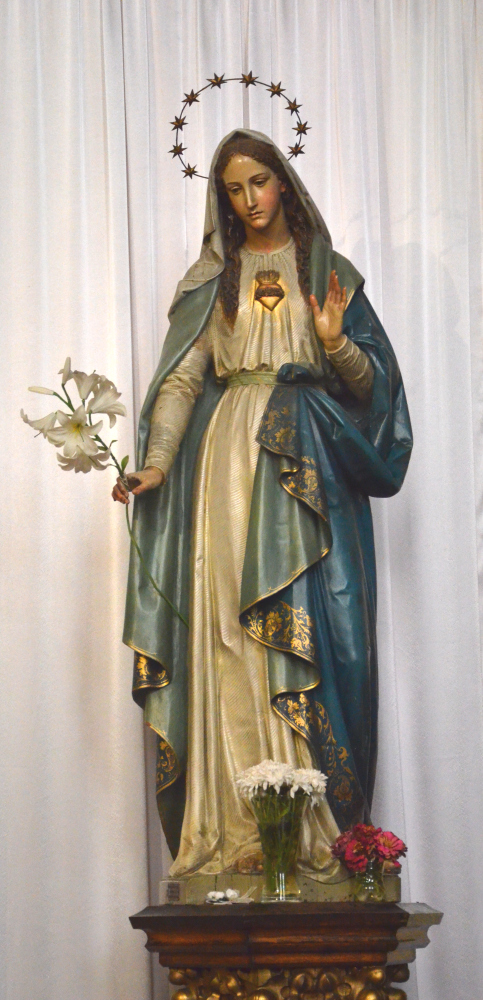

Left: The statue of Christ, who holds open a book bearing the Greek letters alpha and omega, surmounting the pulpit. Middle: A particularly beautiful polychrome sculpture of the Virgin Mary. Right: A bas relief of John the Baptist baptizing Jesus above and behind the church’s octagonal marble baptismal font.

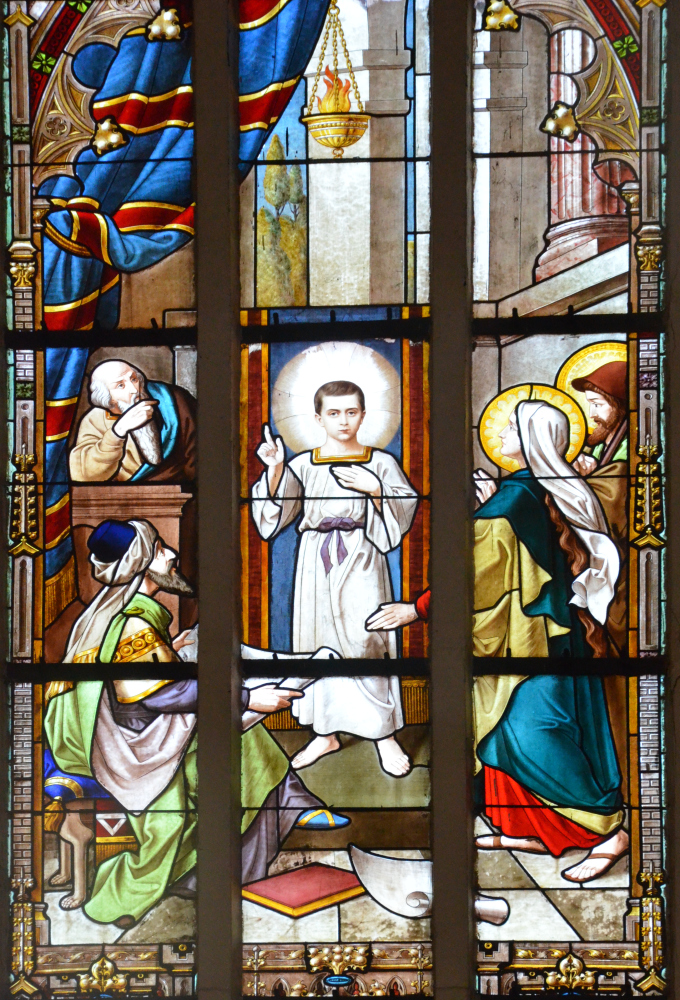
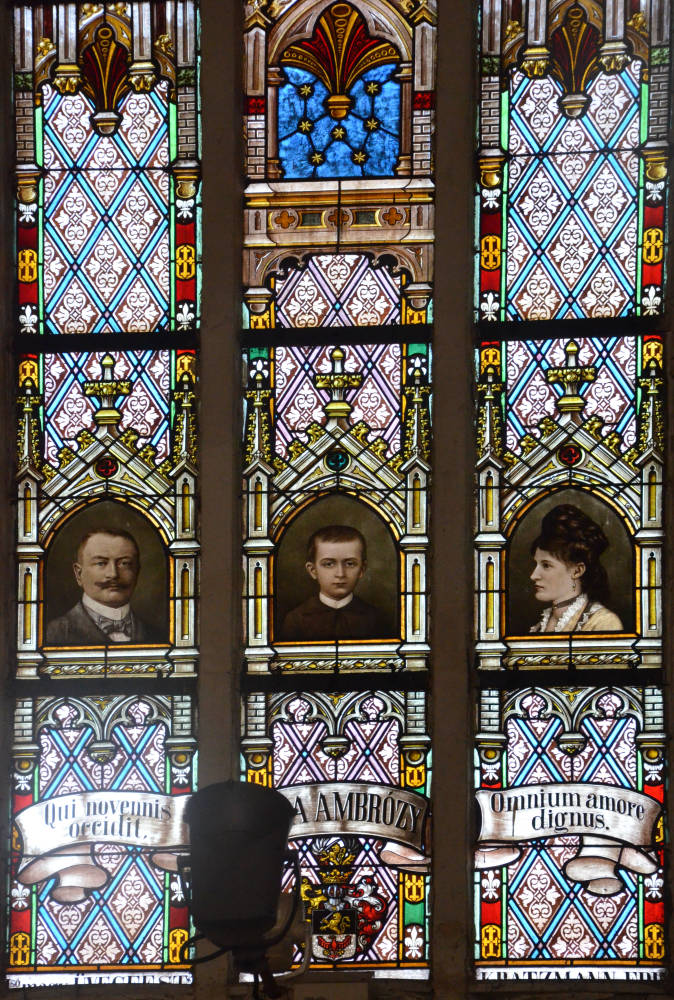
Examples of the church’s stained glass windows, which were manufactured in Budapest. Left: St. George and the dragon. Middle: Christ and the Doctors. Right: Three panels with memorial portraits.
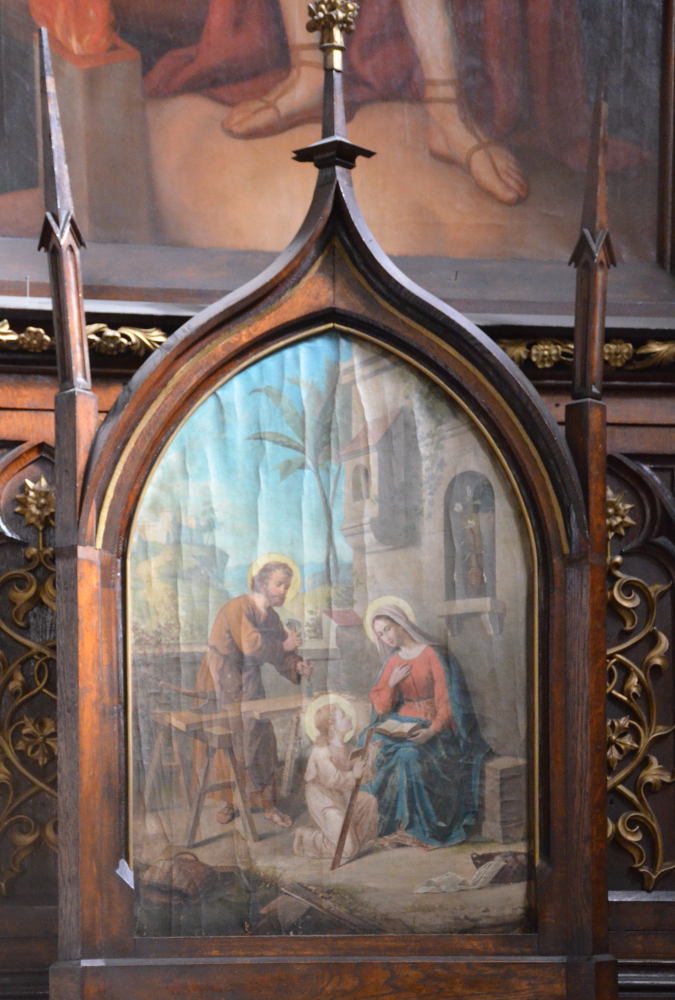
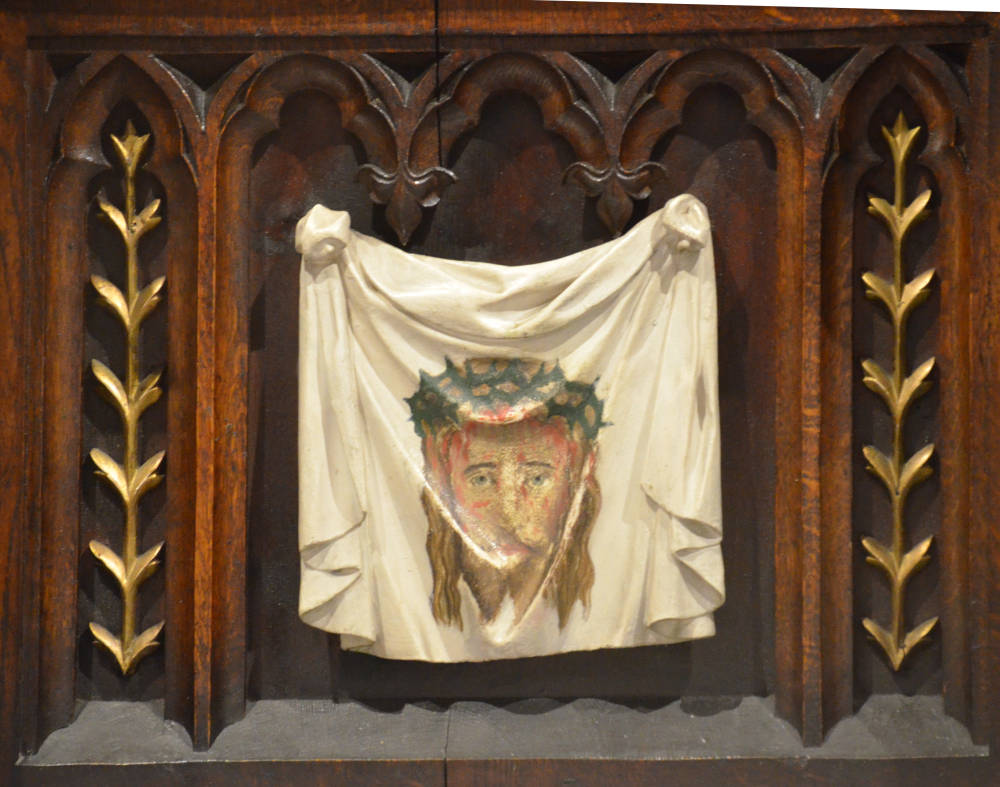
Left: A damaged painting of the child Jesus with his parents in which Joseph works as a carpenter. (Compare Millais’s Christ in the House of His Parents.) Right: A wooden polychrome painting of the image of Christ’s face on the cloth with which St. Veronica wiped His face in a chapel devoted to the saint.
George P. Landow 2019. [You may use these images without prior permission for any scholarly or educational purpose as long as you (1) credit the photographer and (2) link your document to this URL in a web document or cite the Victorian Web in a print one.]
Last modified 25 October 2019